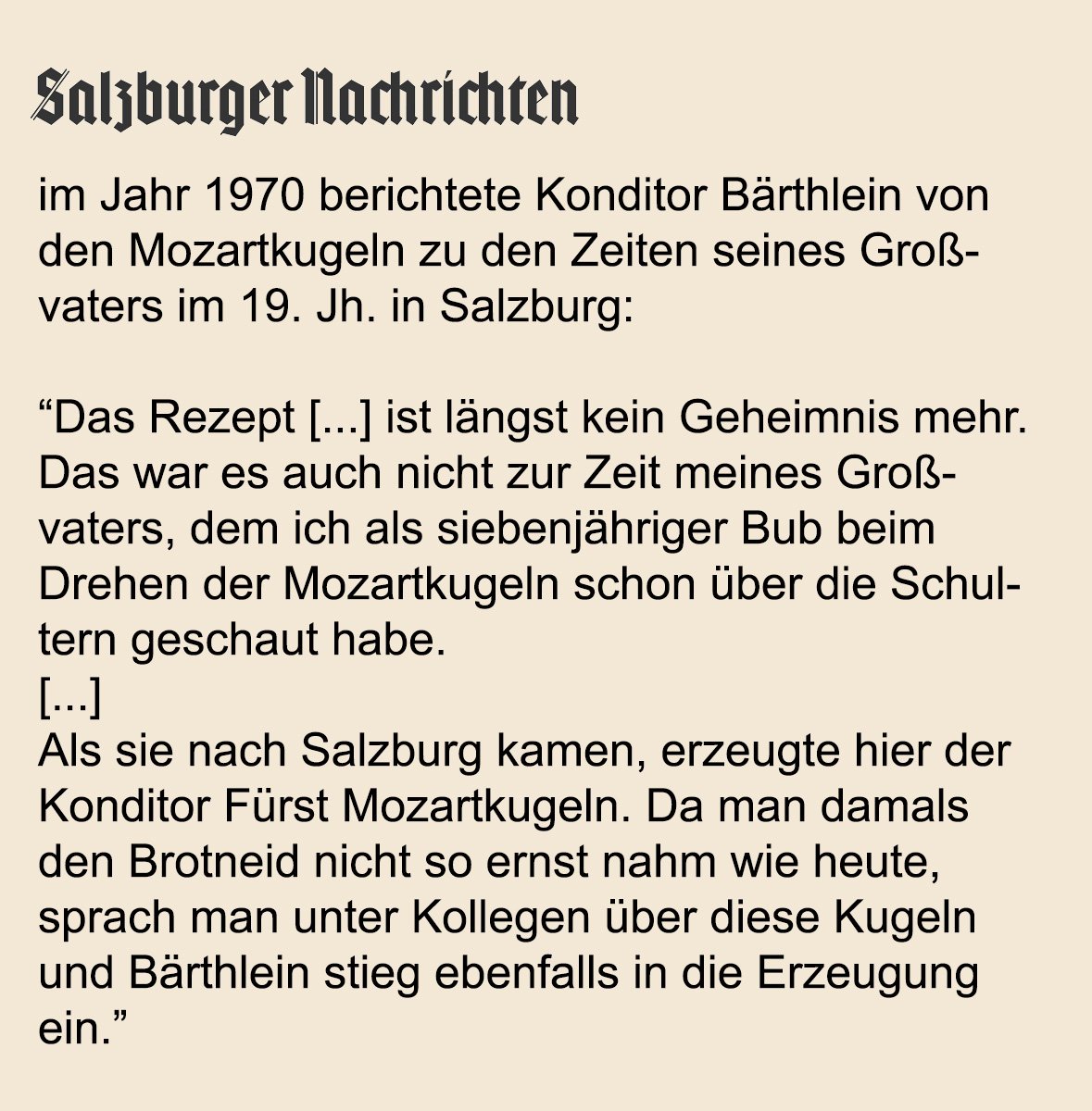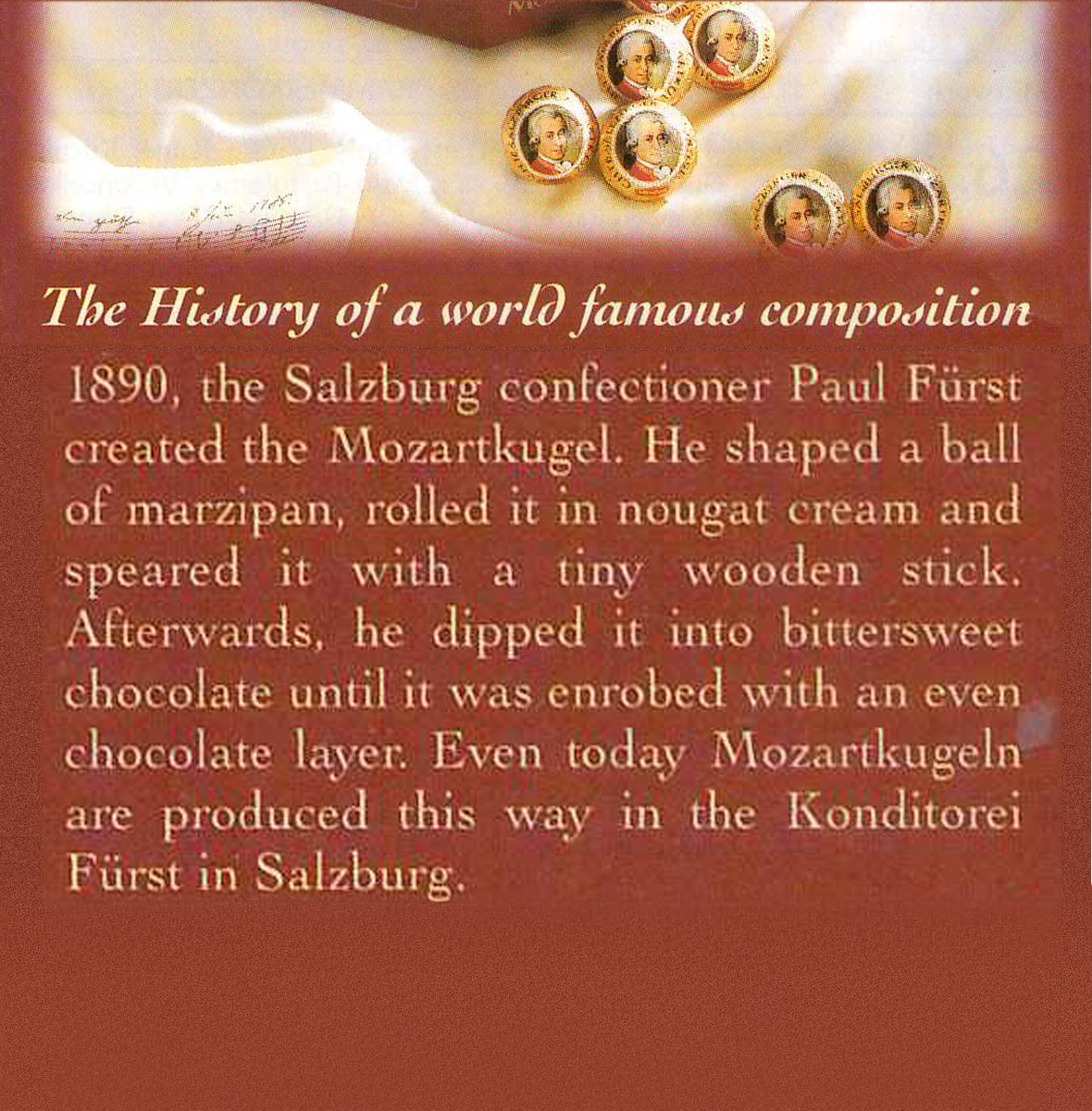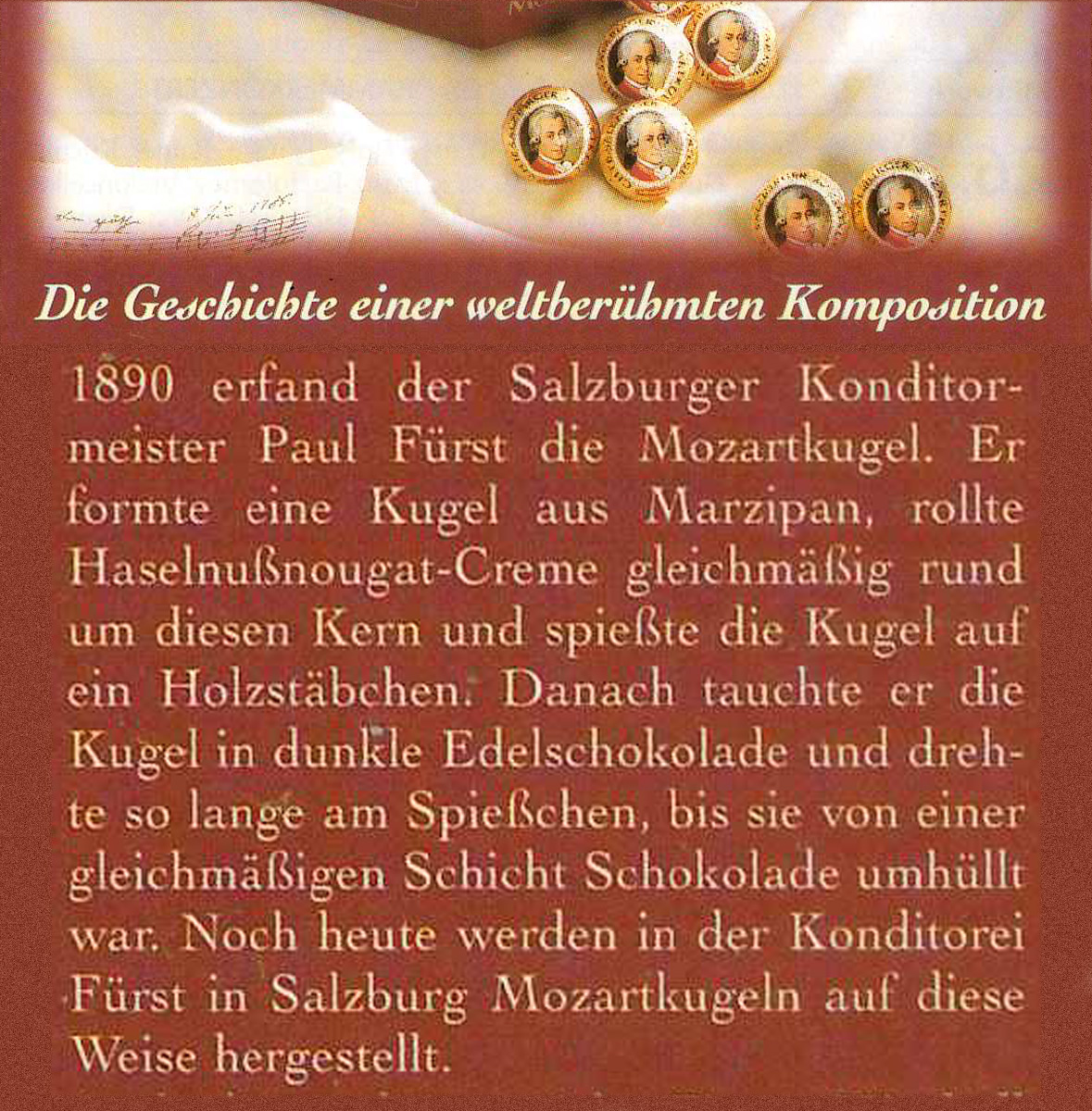Original Salzburger Mozartkugel
Our History
The history of the family-run CAFE KONDITOREI FÜRST dates back to the year 1884. PAUL FÜRST, creator of the now world-famous Original Salzburger Mozartkugel, laid the foundation for the company’s success story.
MARTIN FÜRST is the fifth generation of his family to run the café and pastry shop in the heart of Salzburg’s old town. Using the recipe and production process handed down from his great-great-grandfather, this is the only place that makes the ORIGINAL SALZBURGER MOZARTKUGEL.
Paul Fürst
Creator of the Mozartkugel
Around 1890, Salzburg confectioner Paul Fürst invented the now word-famous Mozartkugel – the praline made with pistachio marzipan and nougat and covered in dark chocolate.
Born in Sierning in 1856, 100 years after Wolfgang Amadeus Mozart, Fürst brought the art of confectionery to Salzburg after his apprenticeship and travels to major European cities.
In 1905, he received a gold medal at the Paris exhibition for his novel bonbon and its innovative manufacturing process. In order to achieve a perfectly spherical shape, each individual piece was placed on a stick before being dipped in chocolate coating.
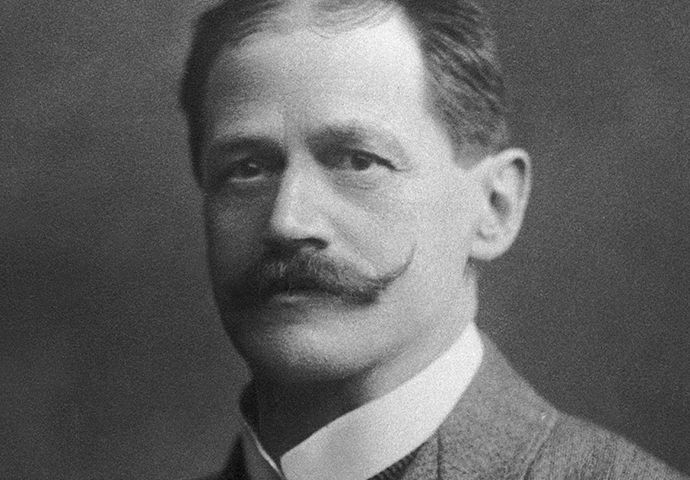
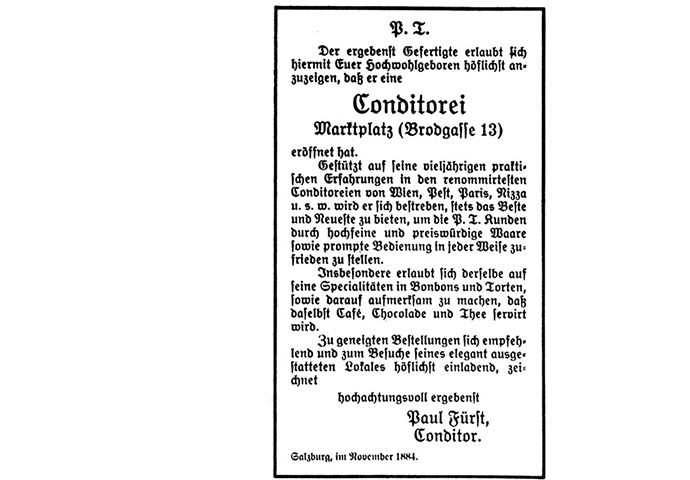
1884 Original location on Alter Markt
In 1884, PAUL FÜRST opened his patisserie at Brodgasse 13 on Salzburg’s Alter Markt and it soon became a favourite among Salzburg’s residents.
Even though he was very close to the dual monarchy, Paul Fürst became a global citizen on his travels. The advertisement that accompanied his launch read: “Based on his many years of experience in the most renowned confectioneries in Vienna, Pest, Paris, Nice, and more, he always strives to offer the best and the latest…” The first written mention of the building which housed the original store on Brodgasse goes back to 1391, which referred to it as the bakery of the court. It has been a protected heritage building since 1991.
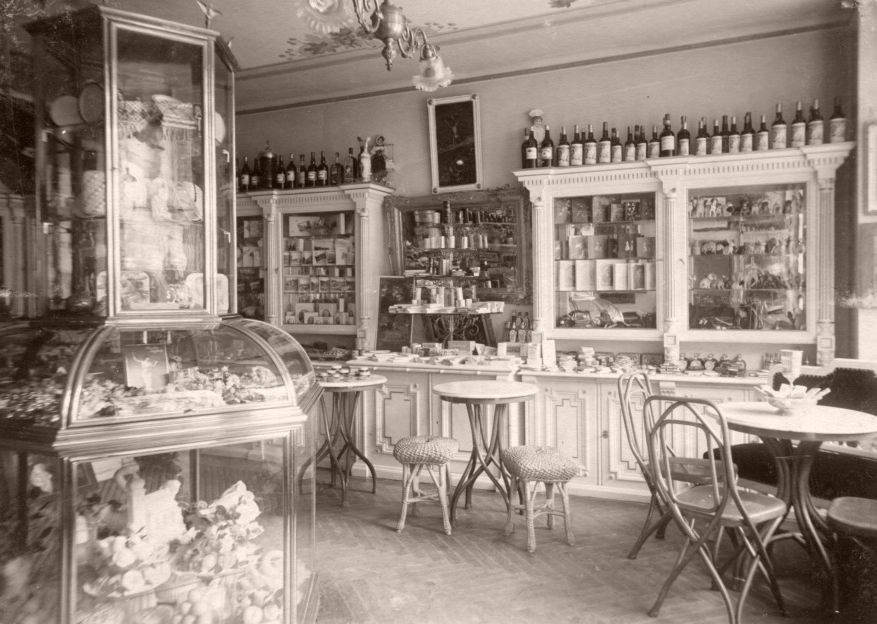
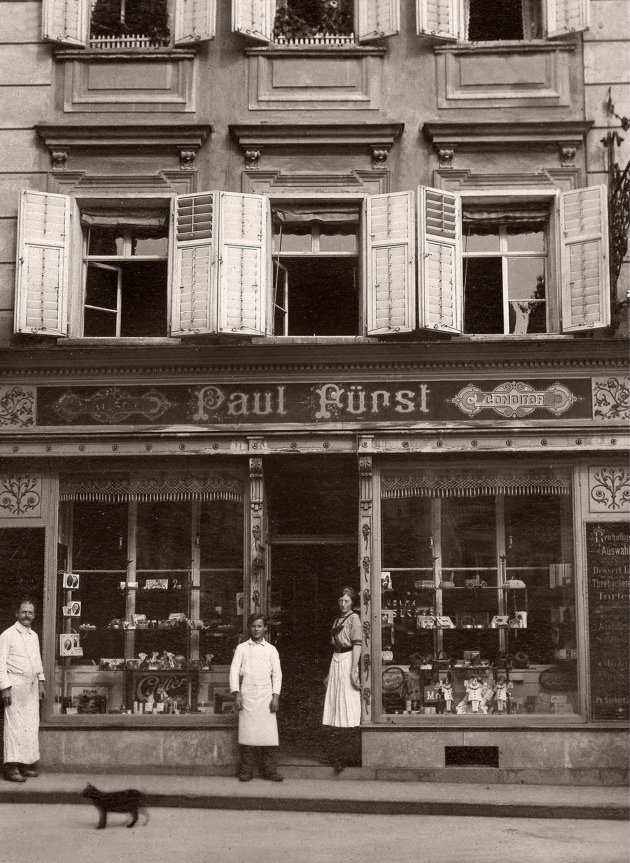
At the location of the oldest confectionery in Salzburg
The first branch
In 1887, the company took over a branch on Dreifaltikgeitsgasse. This historic site had been the location of the oldest pastry shop in Salzburg and home to a confectionery since 1808.
1890
The creation of the Mozartkugel
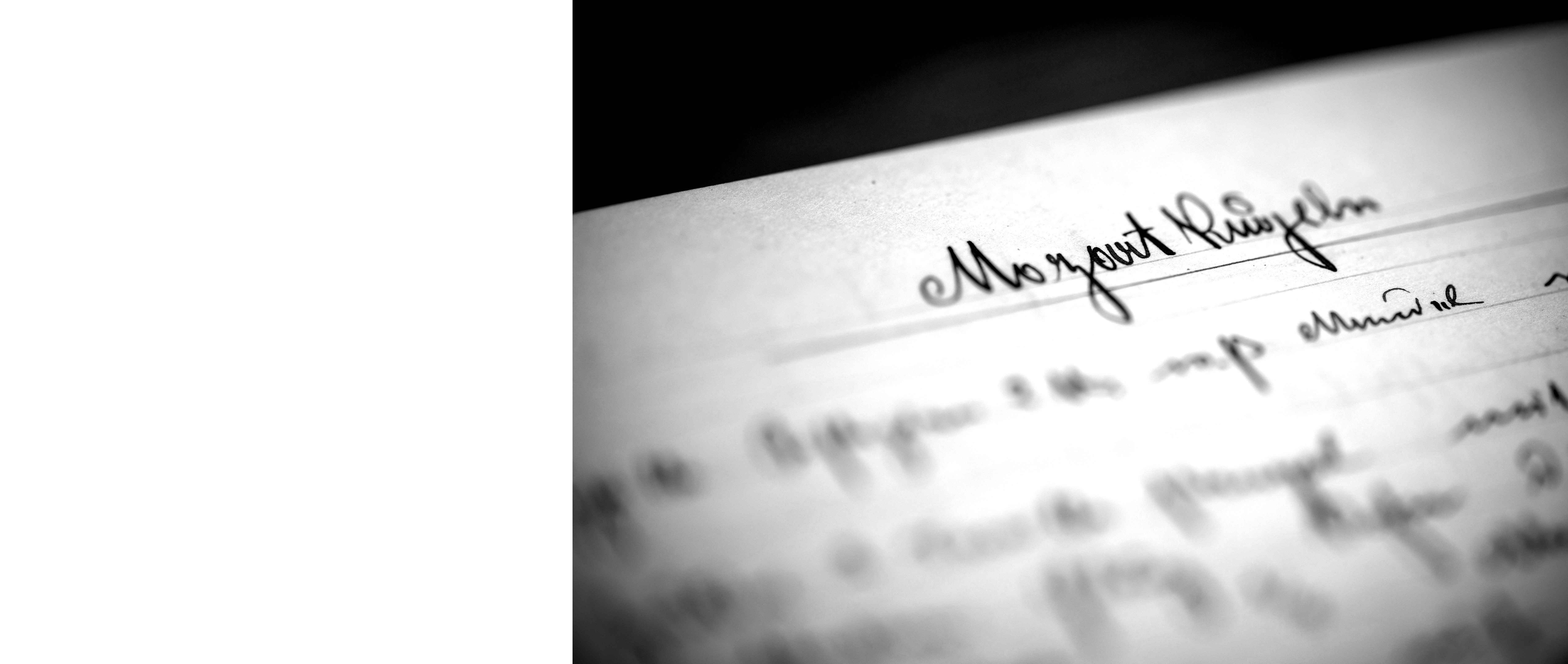
At around 1890 Salzburg confectioner PAUL FÜRST created his now world-famous Original Salzburger Mozartkugel. His delicate concoction of pistachio marzipan wrapped in nougat and dipped in dark chocolate quickly became the city’s most famous sweet treat.
The treat was to be perfectly round, and thus each individual candy was placed on a stick before being dipped in chocolate.
Originally, Paul Fürst named this completely new type of chocolate candy not only “Mozartkugel”, which translates to “Mozart ball”, but also “Mozart bonbon”.
Family-owned
A PARTICULARLY PRECIOUS TREASURE
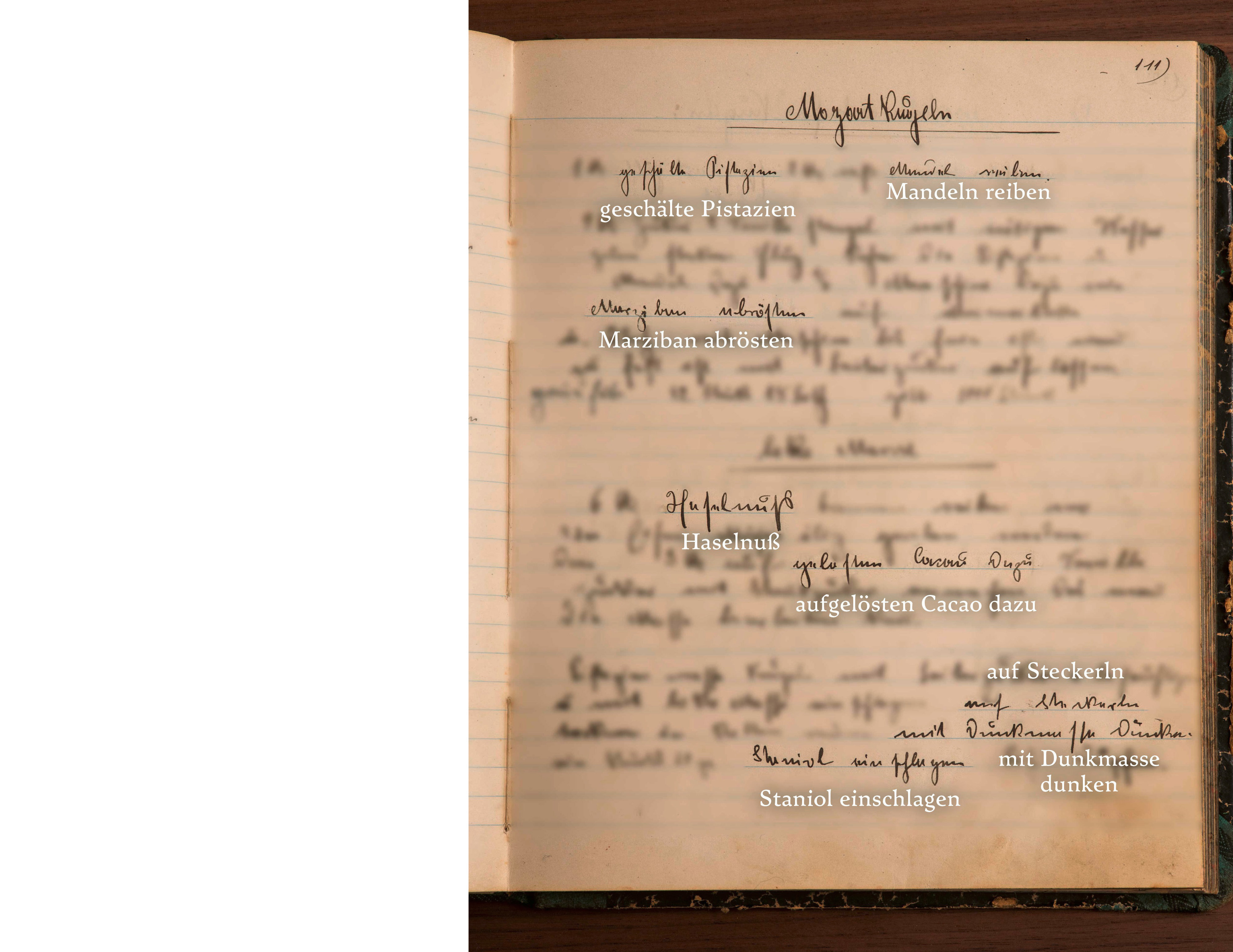
The historical recipe book from Paul Fürst’s workshop is well-protected by the Fürst family. On page 111, the recipe for the Original Salzburger Mozartkugel was recorded in cursive handwriting. The ingredients and steps captured there are still used today:
Pistachio marzipan:
- Grate shelled pistachios and almonds
- Toast the marzipan
Nougat:
- Grind hazelnuts in a mortar and pestle with oil until they turn oily
- Add chocolate
Making the Mozartkugel:
- Wrap pistachio marzipan in nougat
- Dry on skewers in a cool room
- Dip in chocolate coating and fill the hole left by the stick
- Wrap in tin foil
What was novel about the Mozartkugel was above all its round shape and its technically difficult construction. This complicated manufacturing technique even won a gold medal at the Paris exhibition in 1905.
Dr Kammerhofer-Aggermann, historian
Paul Fürst’s historic workshop
The elaborate manufacturing process was immortalised in the famous photograph of the creator of the Mozartkugel in his workshop.
Hazelnuts, the marzipan nougat balls, the sticks for skewering and the dark chocolate coating can be seen on the work table, ready and waiting to be used.
Since the unveiling of the Mozart monument in 1842, a whole range of different products have been named after Mozart, as can still be seen today in old advertisements, recipe books and historical essays from the time.
These products included Mozart bread, Mozart wine and Mozart shoe polish, as well as a chocolate Mozart cake. A dessert made of sponge cake and chocolate cream candies were already being sold under the name Mozartkugeln.
At the time of the 100th anniversary of the death of Wolfgang Amadeus Mozart († 5 December 1791), PAUL FÜRST wanted to pay tribute to the city of Salzburg and its great composer. In order to differentiate it from other products, Fürst originally called his pralines Mozart bonbons.
This novel recipe and its elaborate manufacturing process were remarkable. Delicate pistachio marzipan was wrapped in fine nougat and then dipped in dark chocolate.
For years, Paul Fürst advertised his speciality under both the names “Mozart-Bonbon” and “Mozart-Kugel”. Over time, the name Mozartkugel became established for his famous marzipan nougat treat, whilst the other products bearing this name were eventually forgotten.
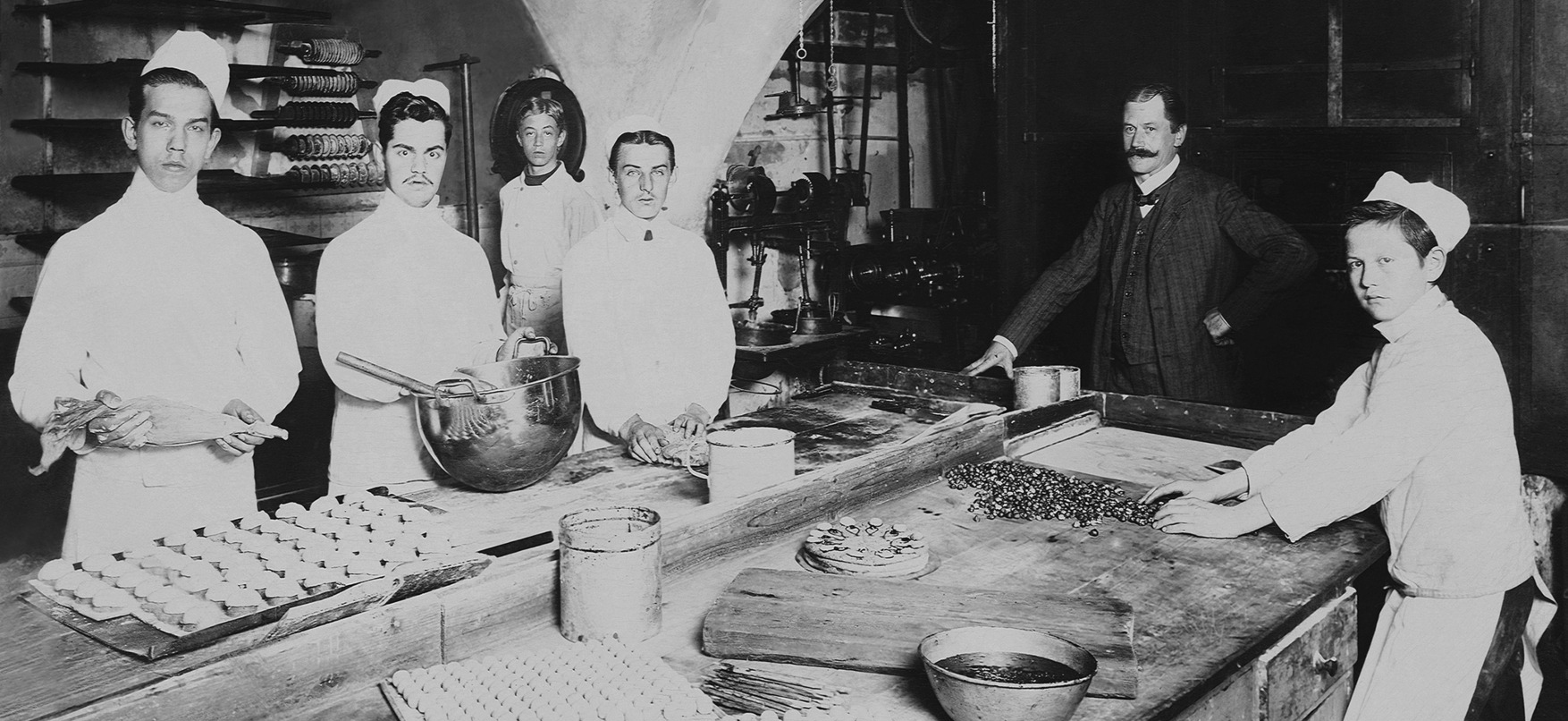
Advertisement for “Mozart-Bonbons” and “Mozart-Kugeln”
Paul Fürst’s chocolate speciality is now known around the world as Mozartkugeln, and his ORIGINAL SALZBURGER MOZARTKUGELN are still made today using their traditional production method.
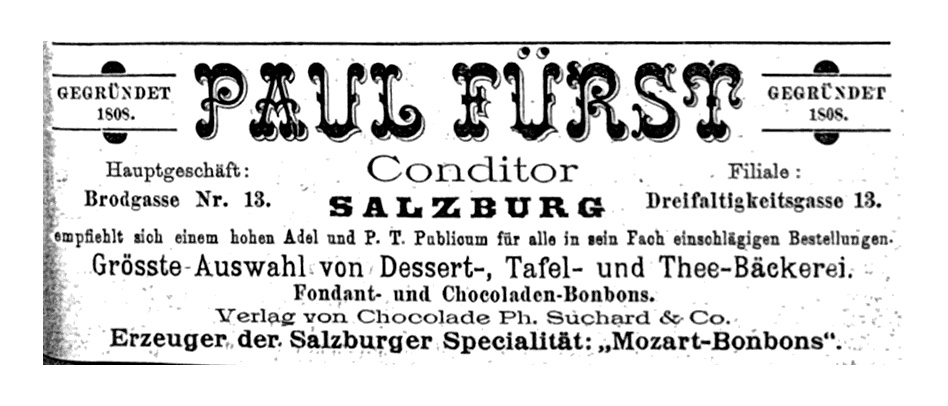
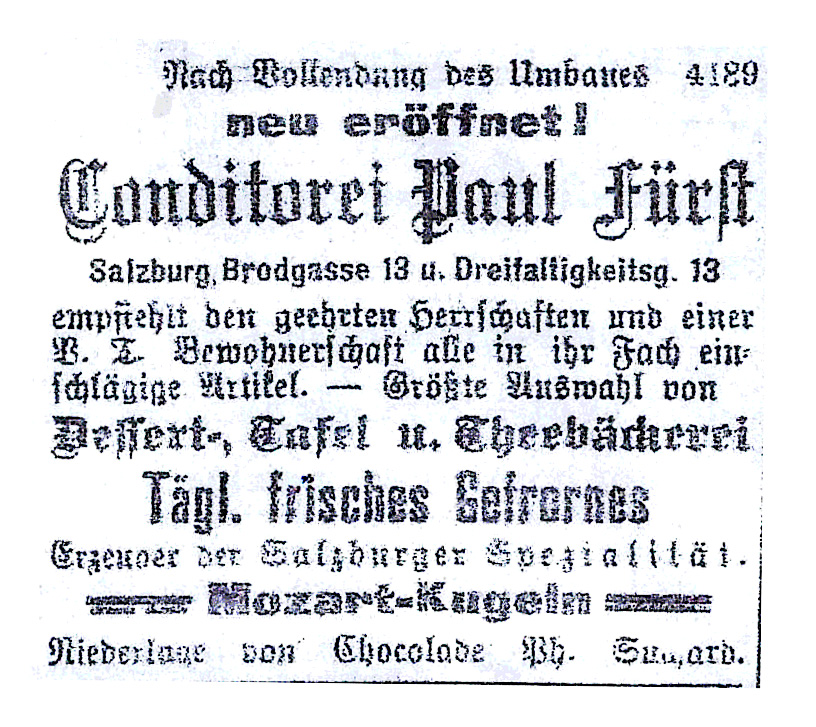
1905 gold medal
PAUL FÜRST was awarded a gold medal at the 1905 Paris exhibition for his creation, the Mozartkugel. Experts loved the elaborate and completely new production method which created a perfectly round praline using a stick as a skewer for dipping.
Back then, innovative methods were used with the help of electricity. The Fürst confectionery got its own telephone line in 1902. From then on, it could be quickly reached on the easy-to-remember telephone number “272”.
The gold medal and the words ‘Elektrischer Betrieb’ (electric company) impressively graced Paul Fürst’s historic stationery.
In 1895, PAUL FÜRST was granted citizenship by his new hometown. Even prior to 1914, he was awarded the grand title of purveyor to the court of the Grand Duchy of Tuscany in recognition of the quality of his products.
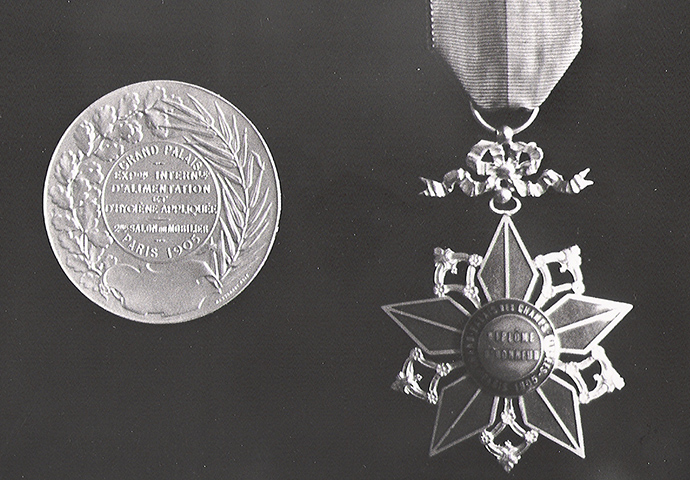
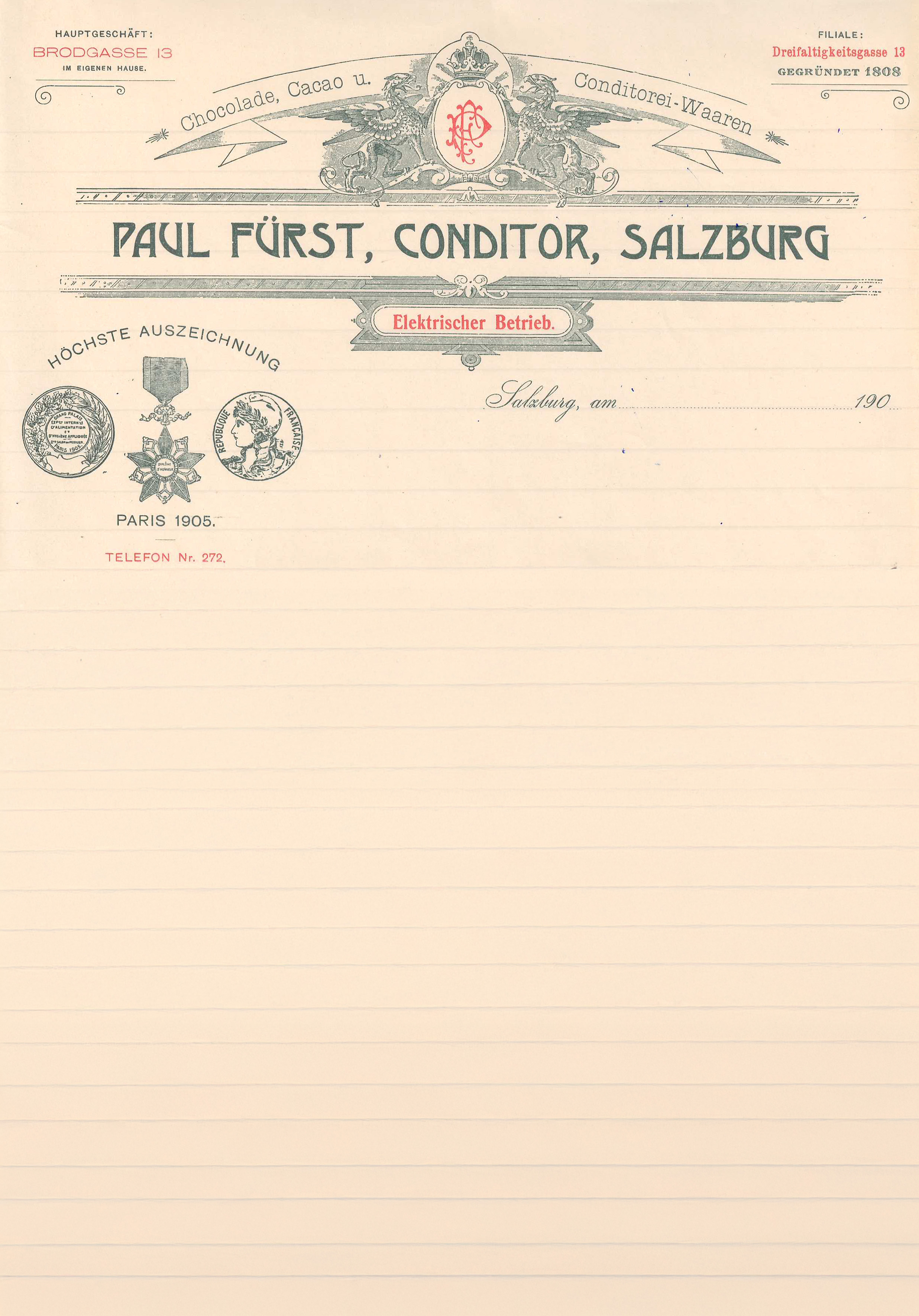
Paul Fürst’s creation was a huge success, and similar products were soon being offered not only in Salzburg’s pastry shops but throughout the Austro-Hungarian Empire.
“Mozart und die Kugeln” (“Mozart and the Balls”) by Dipl.-Ing. Hofbauer, Vienna (1980)
A Vienna manufacturer of Mozartkugeln describes the further development of the product:
“The Mozartkugel is an Austrian invention by an Austrian confectioner in his Salzburg confectionery. All other products sold under the name ‘Mozartkugeln’ are imitations and attempts at counterfeiting.”
Paul Fürst was actually very collegial when it came to imitations, as documented in a newspaper article. In a 1970 interview with the Salzburger Nachrichten newspaper, confectioner Bärthlein talked about Mozartkugeln in his grandfather’s time during the 19th century in Salzburg:
“When they (the Bärthlein family) came to Salzburg, Fürst was making Mozartkugeln here. Since jealousy among local confectioners was not quite as serious as it is today, colleagues talked about these sweets...”
“In 1890, Salzburg confectioner Paul Fürst created the Mozartkugel. He shaped a ball
of marzipan, rolled it in nougat cream and speared it with a tiny wooden stick. He then dipped the ball into dark chocolate and turned the skewer until it was evenly coated with chocolate. Even today, Mozartkugeln are produced this way at the Konditorei Fürst in Salzburg.”
Then and now
This is how Paul Fürst packaged his Mozartkugeln and cakes. The paper bags and cake boxes may have changed, but the Original Salzburger Mozartkugel are still made according to the recipe and manufacturing process thought up by their creator.
The cups that were used generations ago were timeless. Even today, the cappuccino cups at Café Fürst are reminiscent of this design.
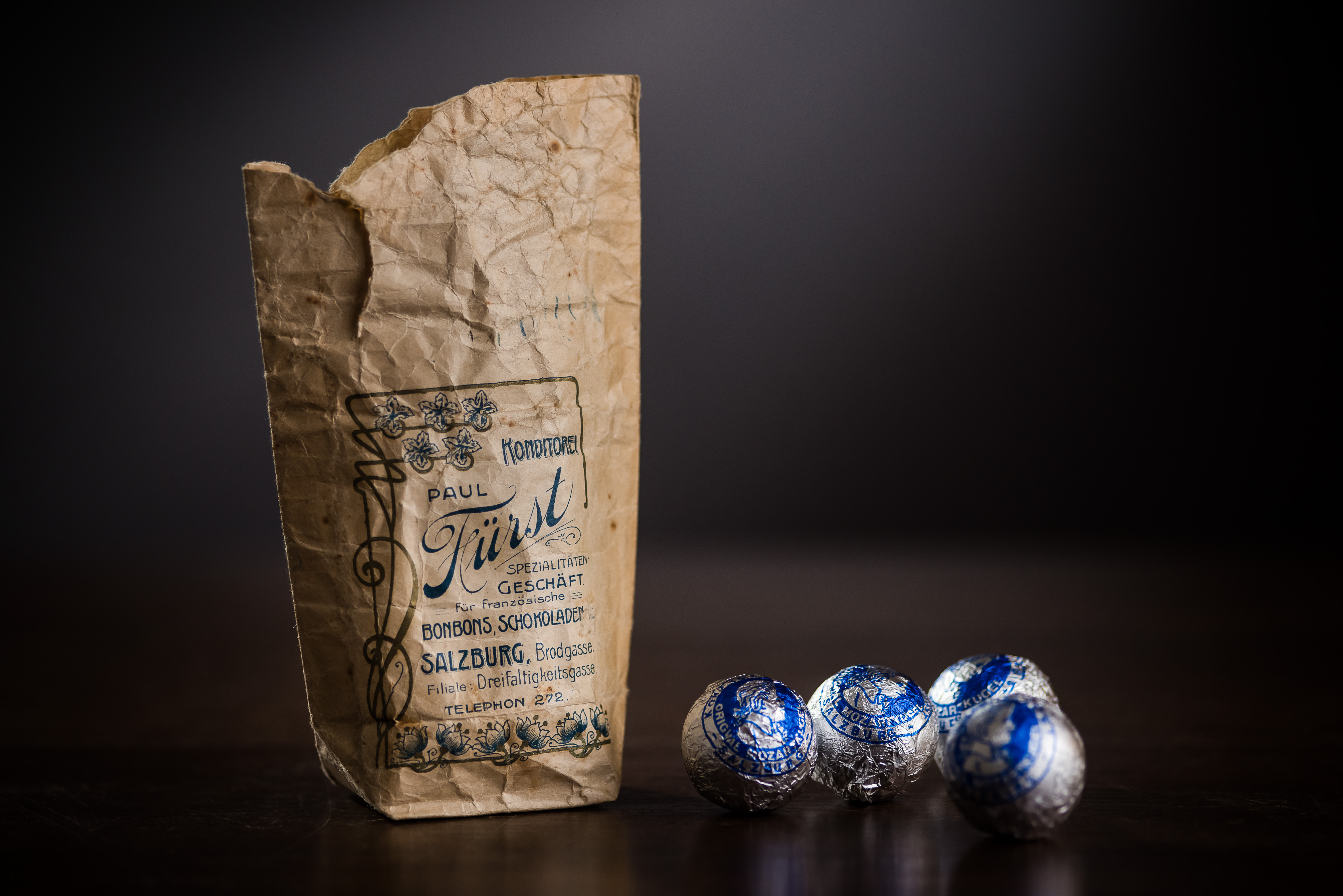
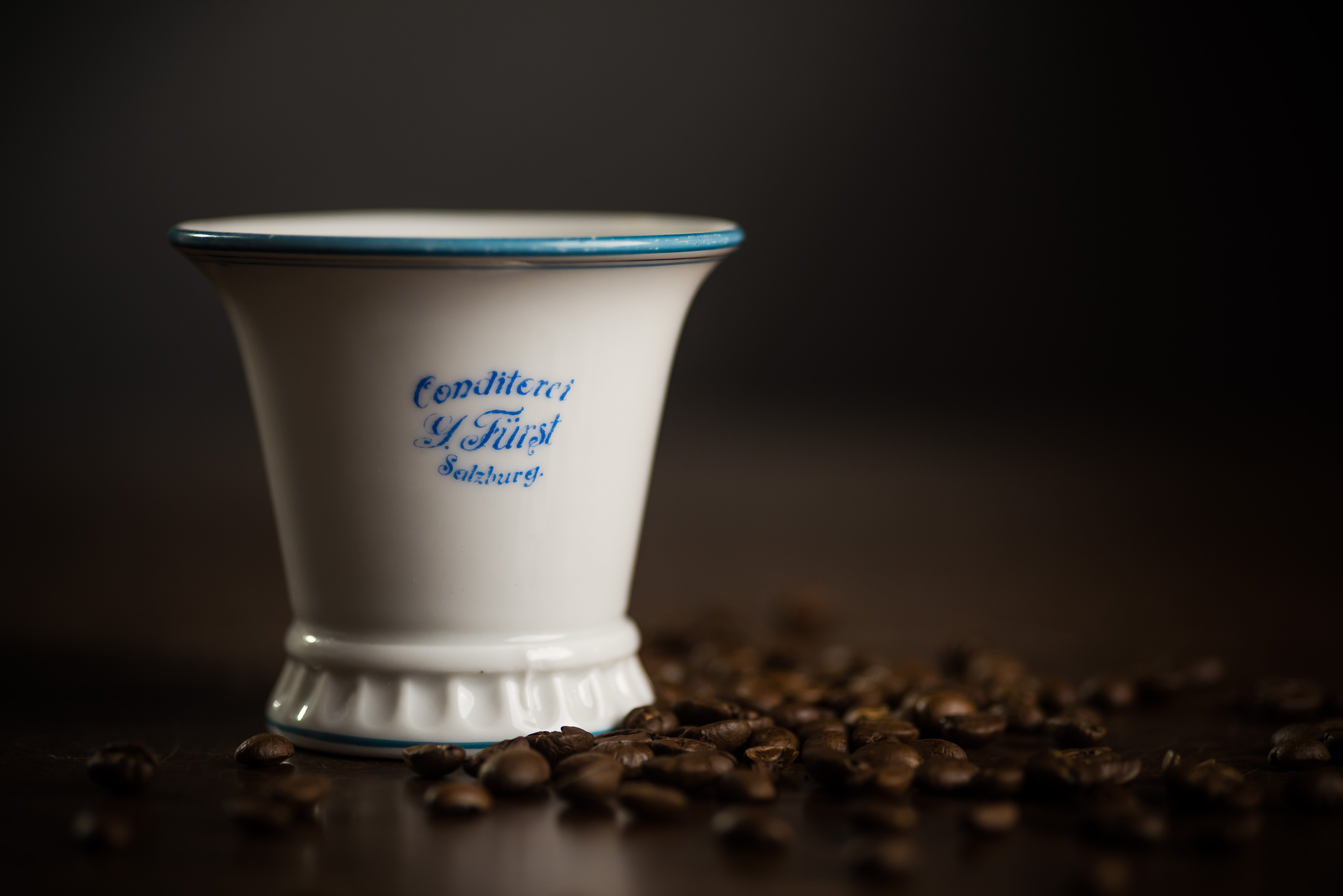
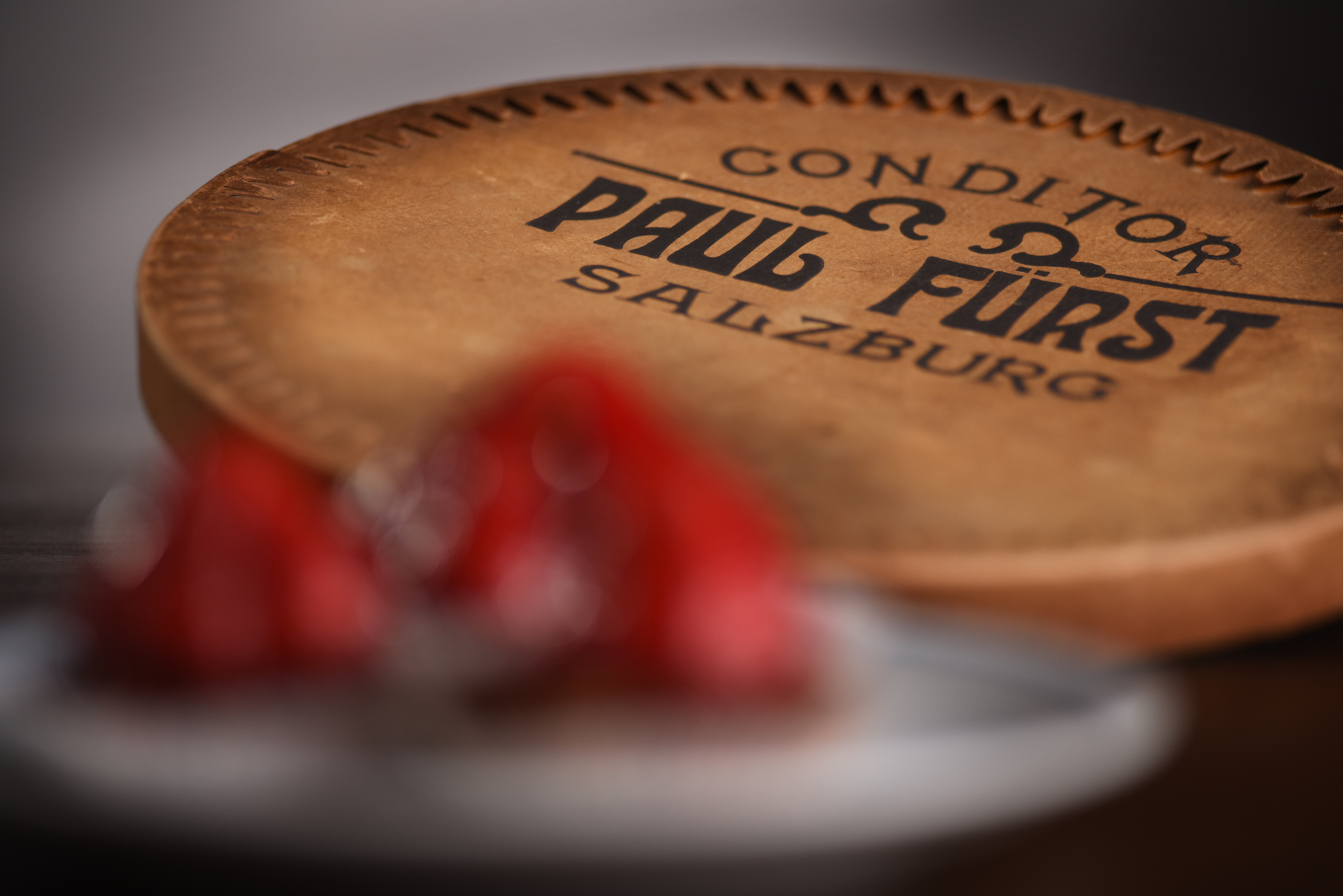
Second generation
Gustav Fürst
Gustav Fürst, son of PAUL FÜRST, advertised his Mozartkugeln under the name “ORIGINAL SALZBURGER MOZARTKUGEL”.
Tourism in Salzburg was also steadily increasing, with more and more English-speaking visitors coming to the city. Gustav Fürst accordingly designed a postcard that also described his “Salzburger Mozartkugel” in English.
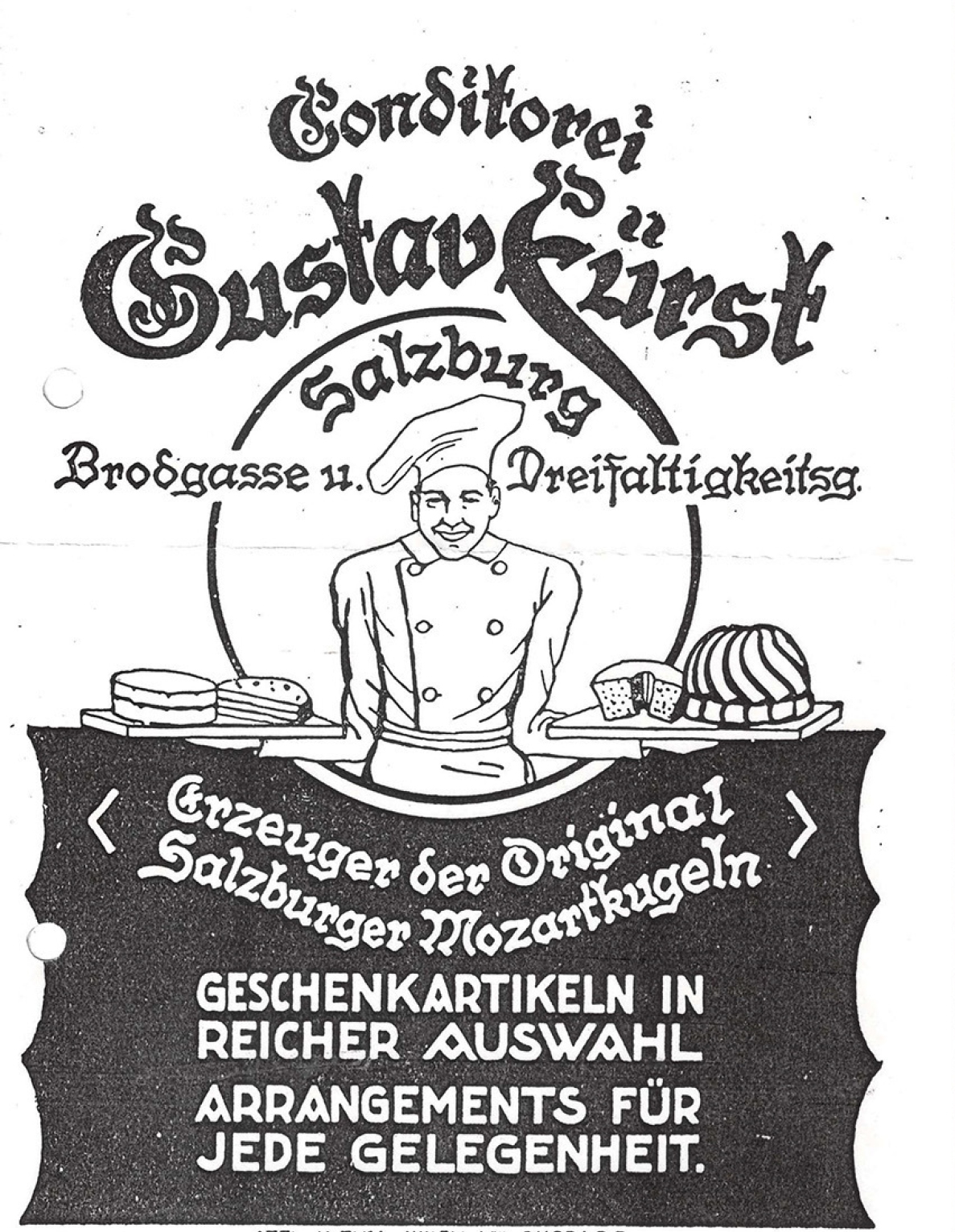
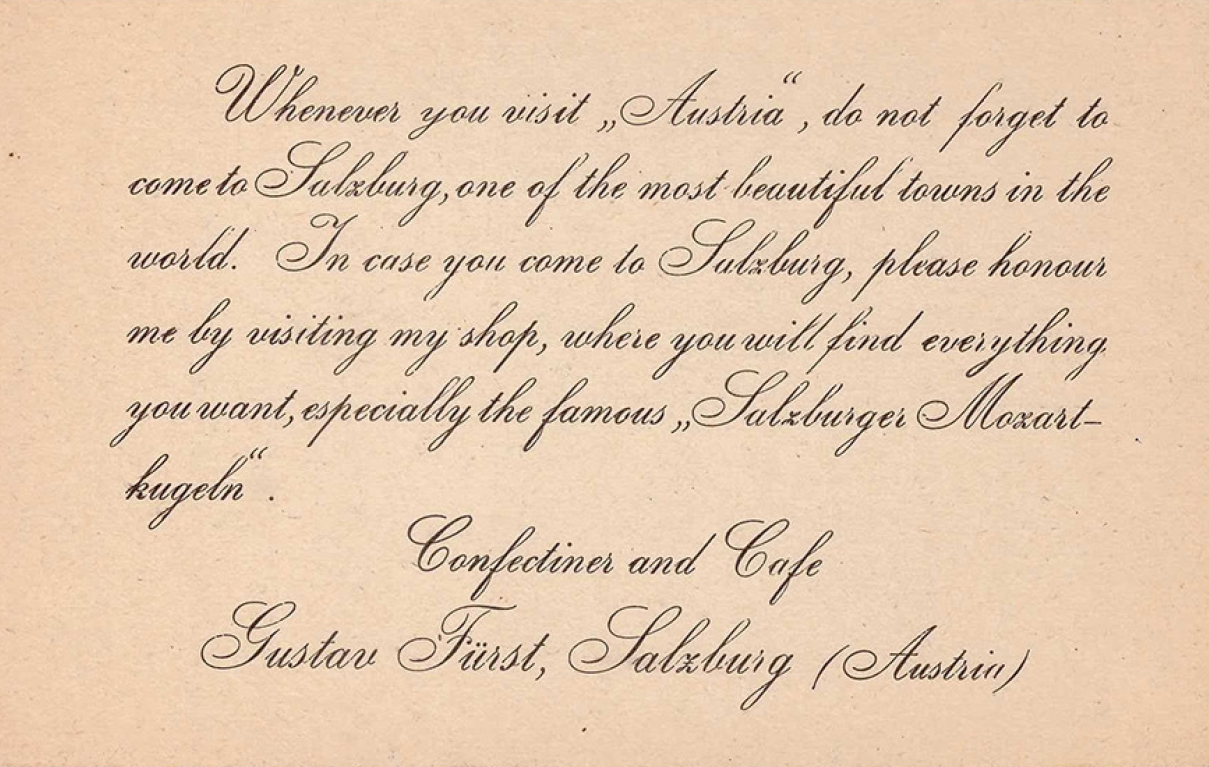
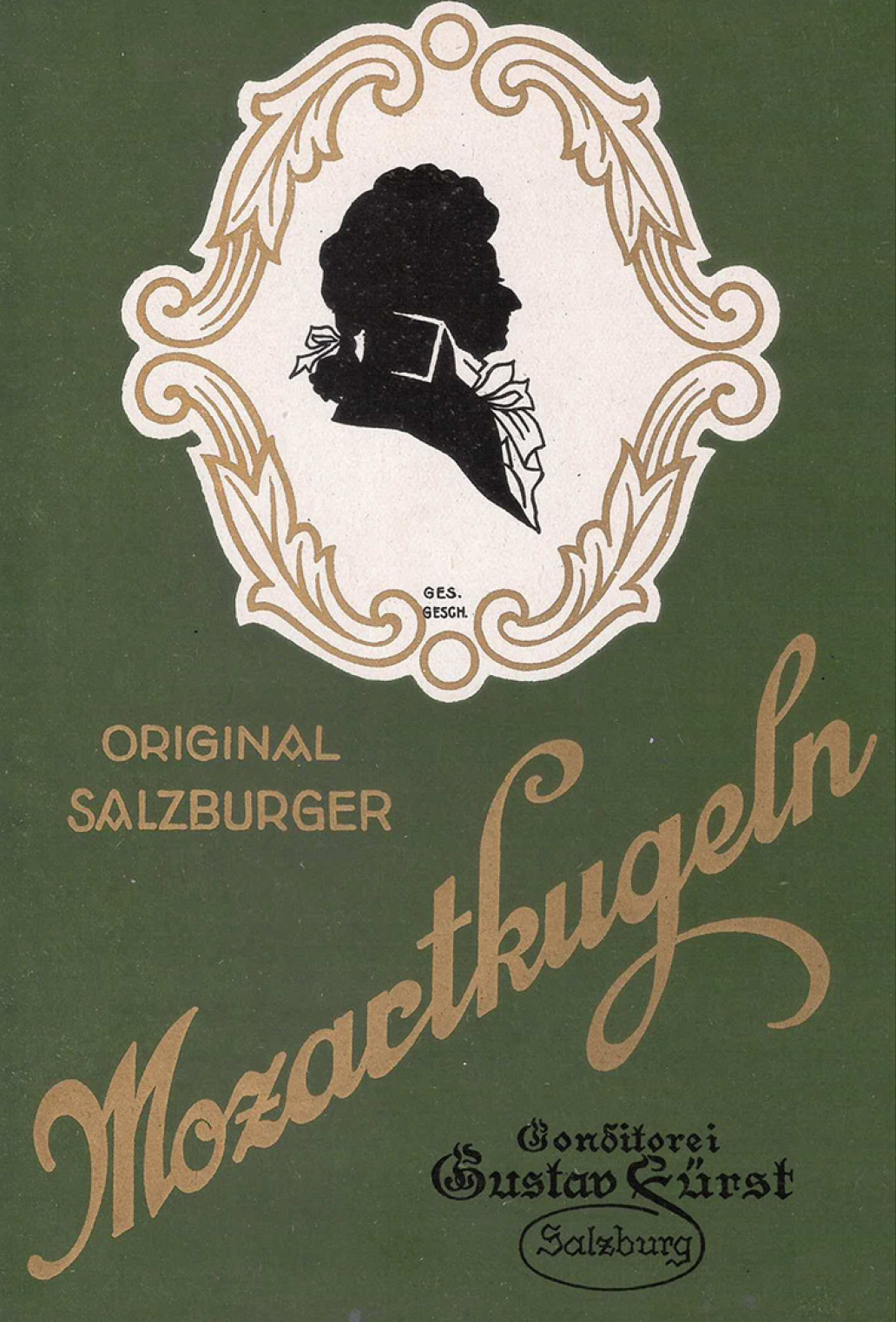
Herbert Fürst
Third generation
Together with his wife Gertrude, Herbert Fürst, grandson of Paul Fürst, took over the confectionery on Mirabellplatz. The master confectioner ran the shop alongside the lavishly reopened CAFE KONDITOREI FÜRST flagship store on Alter Markt, which he transformed into a popular meeting place for Salzburg’s high society. With his great dedication during the post-war period, Herbert Fürst laid yet another foundation stone for the successful development of the company.
In 1983, on the occasion of their 100th anniversary, Herbert Fürst received the silver seal of the city. He continued to expand the business and in 1985 he handed over the company to his son, master confectioner Norbert Fürst.
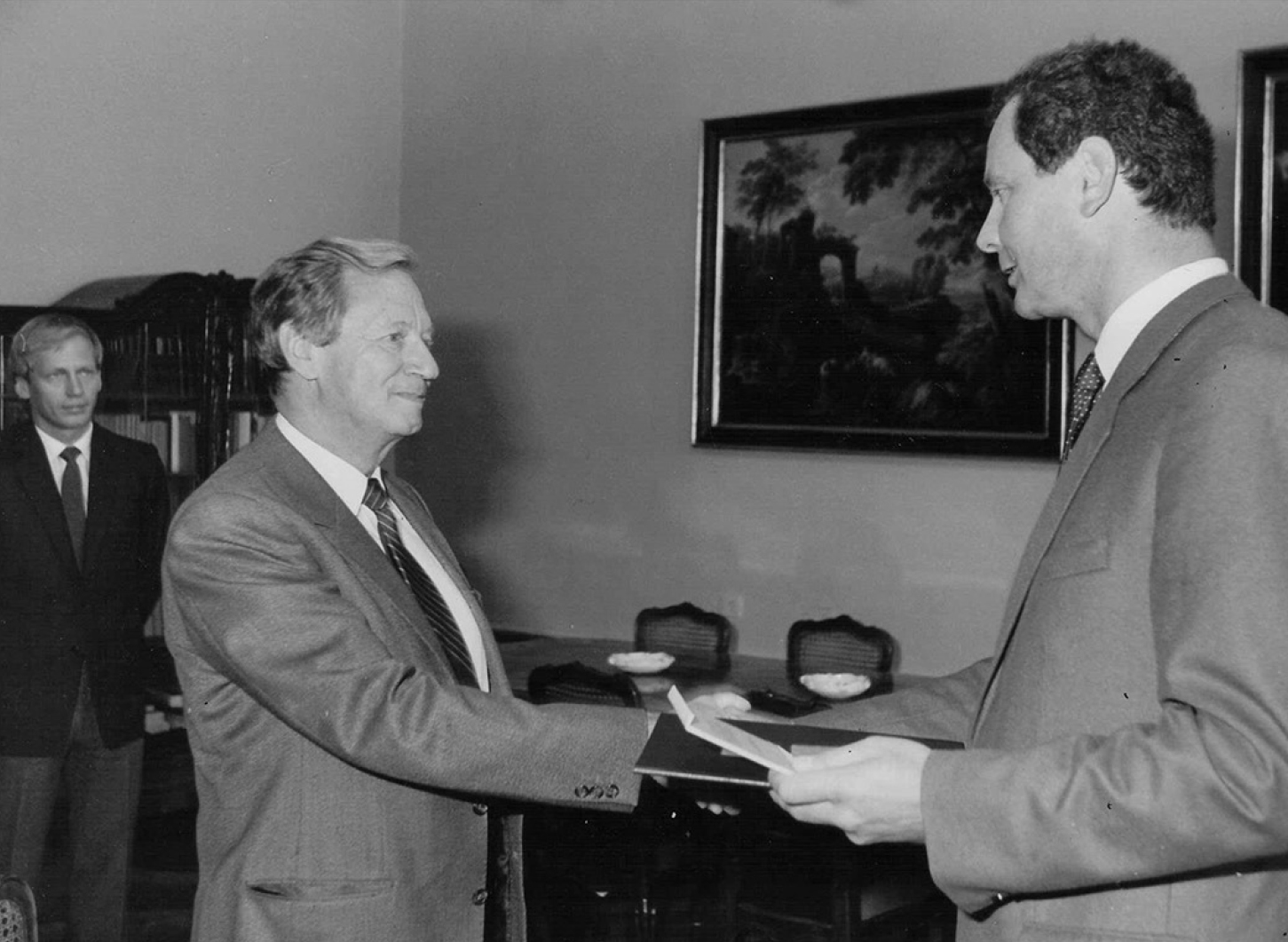
Mozartkugel 1960
The future guild master reflects on his apprenticeship
“Fürst’s Mozartkugel are the Salzburg Mozartkugel that I got to know and love between 1960 and 1963 when I was an apprentice at the Fürst confectionery in Salzburg.”
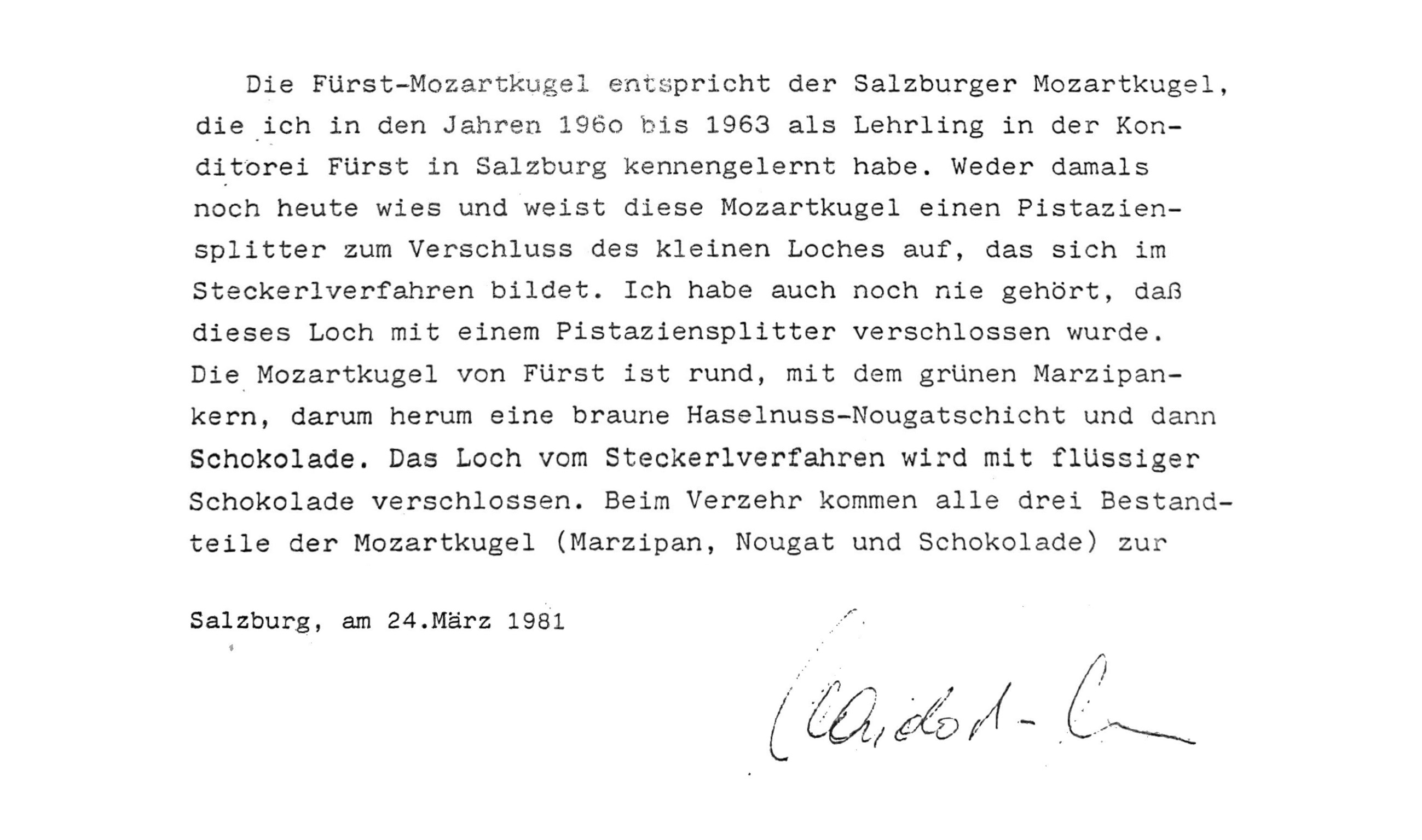
Norbert Fürst
Fourth generation
Norbert Fürst continued to make the ORIGINAL SALZBURGER MOZARTKUGEL, whilst remaining true to the example set by his great-grandfather and significantly expanding production. The Mozartkugel’s popularity also continued to grow. In 1992, historian Dr Kammerhofer-Aggermann published her scientific work “The Mozartkugel – from a local speciality to a national symbol of Austria” and in 1993 the Mozartkugel was listed as an “Austrian classic” in “Austrian Ingenious Products”.
In 1985, Norbert Fürst started creating a series of new house specialities that have been awarded several gold medals:
- Bachwürfel
- Doppler Kon(Ef)fekt
- Wolf-Dietrich Block
- Paris-Lodron Truffle
- Millennium Truffle
- Salzburger Schilling
- Fürst Truffle
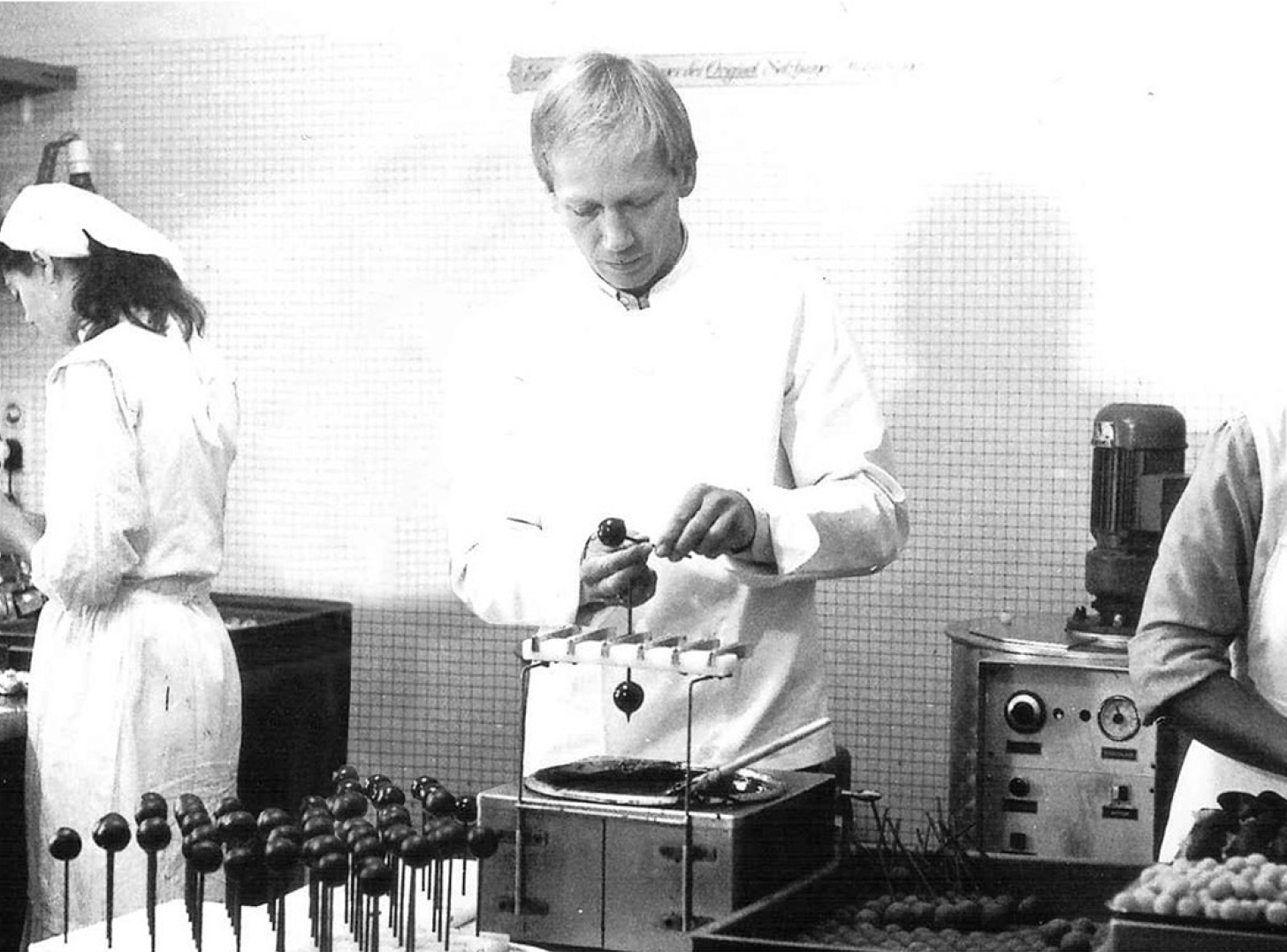
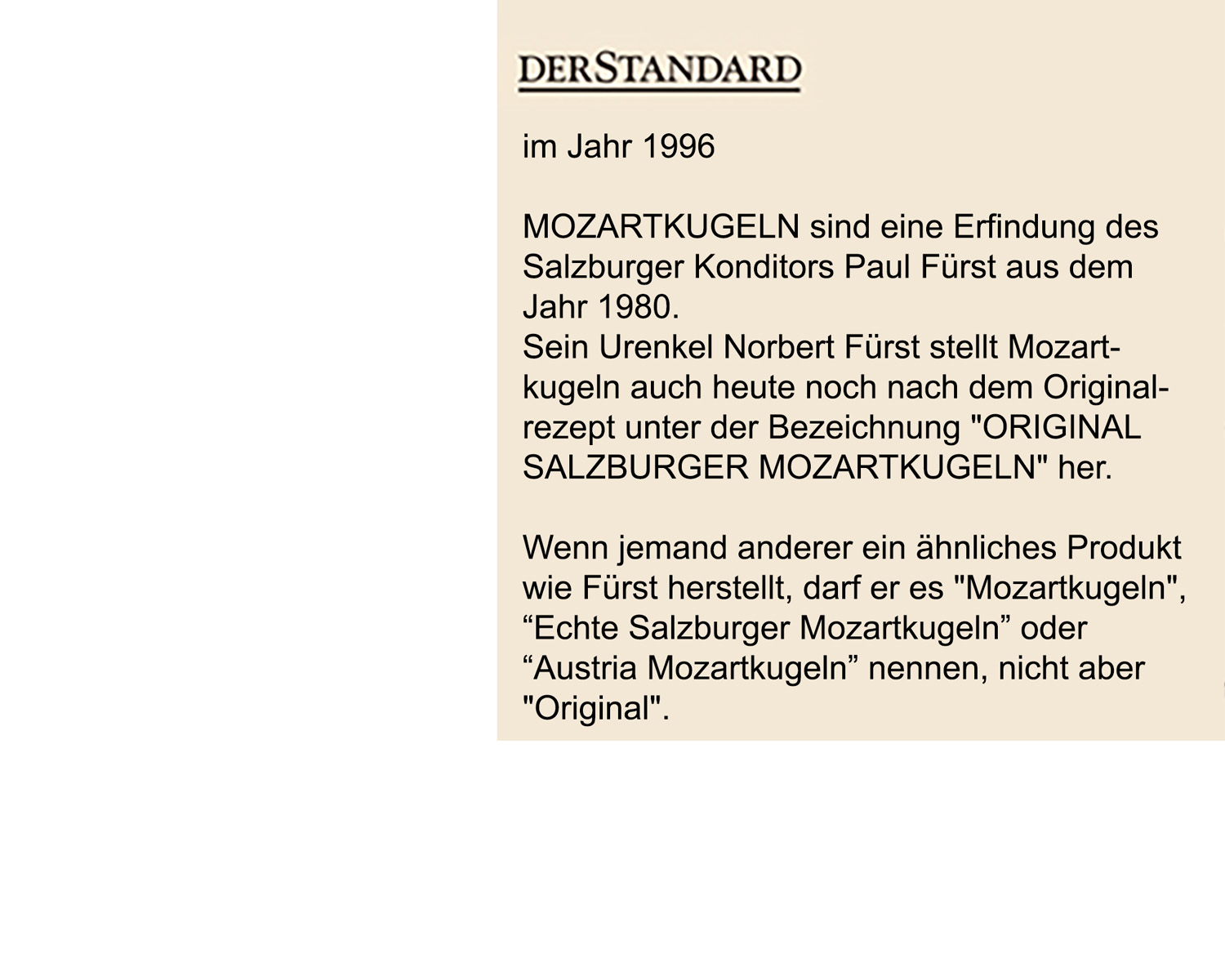
1996, 2017
The Austrian Supreme Court and the “Original”
The Austrian Supreme Court looked at the case of the Original Salzburger Mozartkugel in 1996 and ruled in favour of the Fürst confectionery.
In 2017, the Austrian Supreme Court again ruled on the subject of imitation marketing in connection with the Mozartkugel and once again ruled in favour of the Cafe Konditorei Fürst.
“…Fürst makes Mozartkugeln today according to the original recipe using the name ‘ORIGINAL SALZBURGER MOZARTKUGELN’. If someone else makes a product similar to Fürst’s, they may call it ‘Mozartkugeln’… but not ‘original’.”
Der Standard newspaper, 1996
1998, 2005
In 1998 and 2005, shops were opened in the Ritzerbogen and the Getreidegasse, both popular locations in Salzburg.
Gold Medal
2005
One of the awards that the Mozartkugel has received deserves a special mention here. In 2005, exactly 100 years after receiving that gold medal in Paris, the Original Salzburger Mozartkugel again received a gold medal: namely, first prize in the truffle competition held by the Federal Guild of Confectioners.
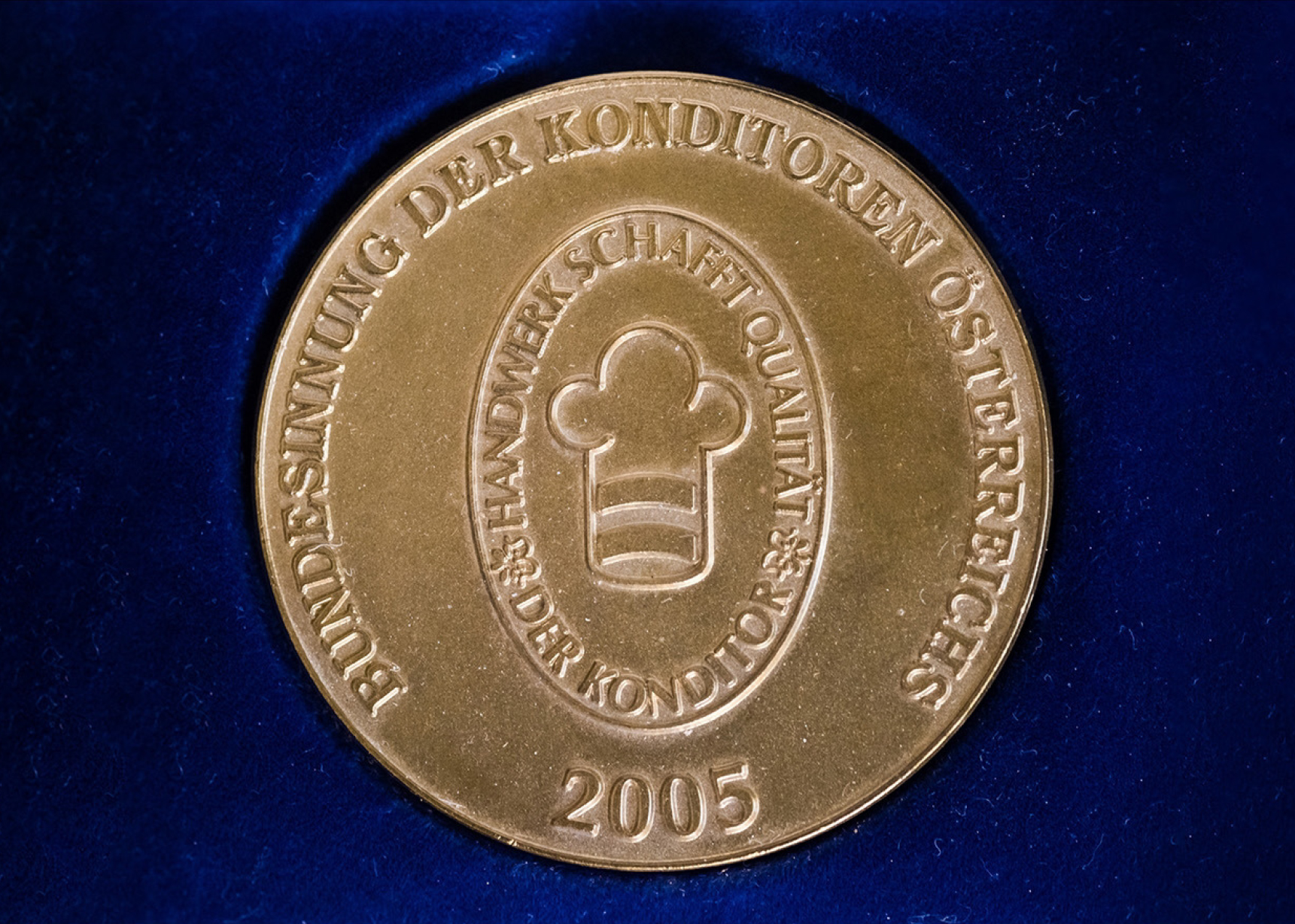
2006
In a taste test of a large number of Mozartkugeln available on the market, Der Standard newspaper wrote a report in 2006 in which it praised “The one and only: Fürst’s Original”. Their conclusion: “It just doesn’t get any better. Rating: 5 out of 4 possible Kugeln.”
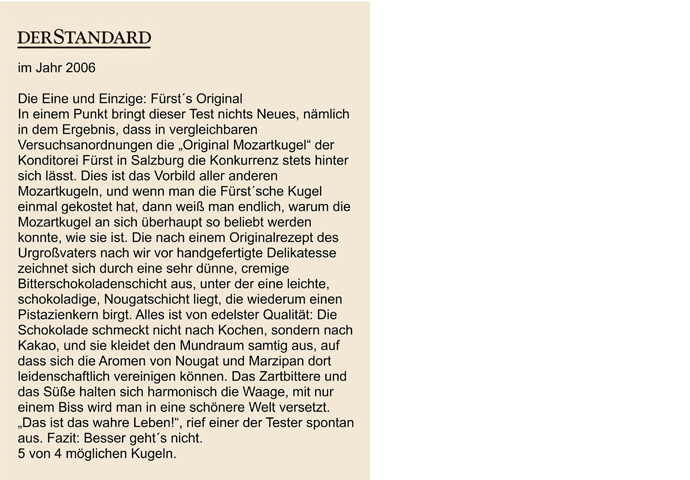
Martin Fürst
Fifth generation
Master confectioner Martin Fürst has been at the helm of the company since 2015, making him the fifth generation to do so.
With the utmost respect for the product and its traditional manufacturing process, he has successfully continued to modernise the company:
“There are many Mozartkugeln – but only one original!”
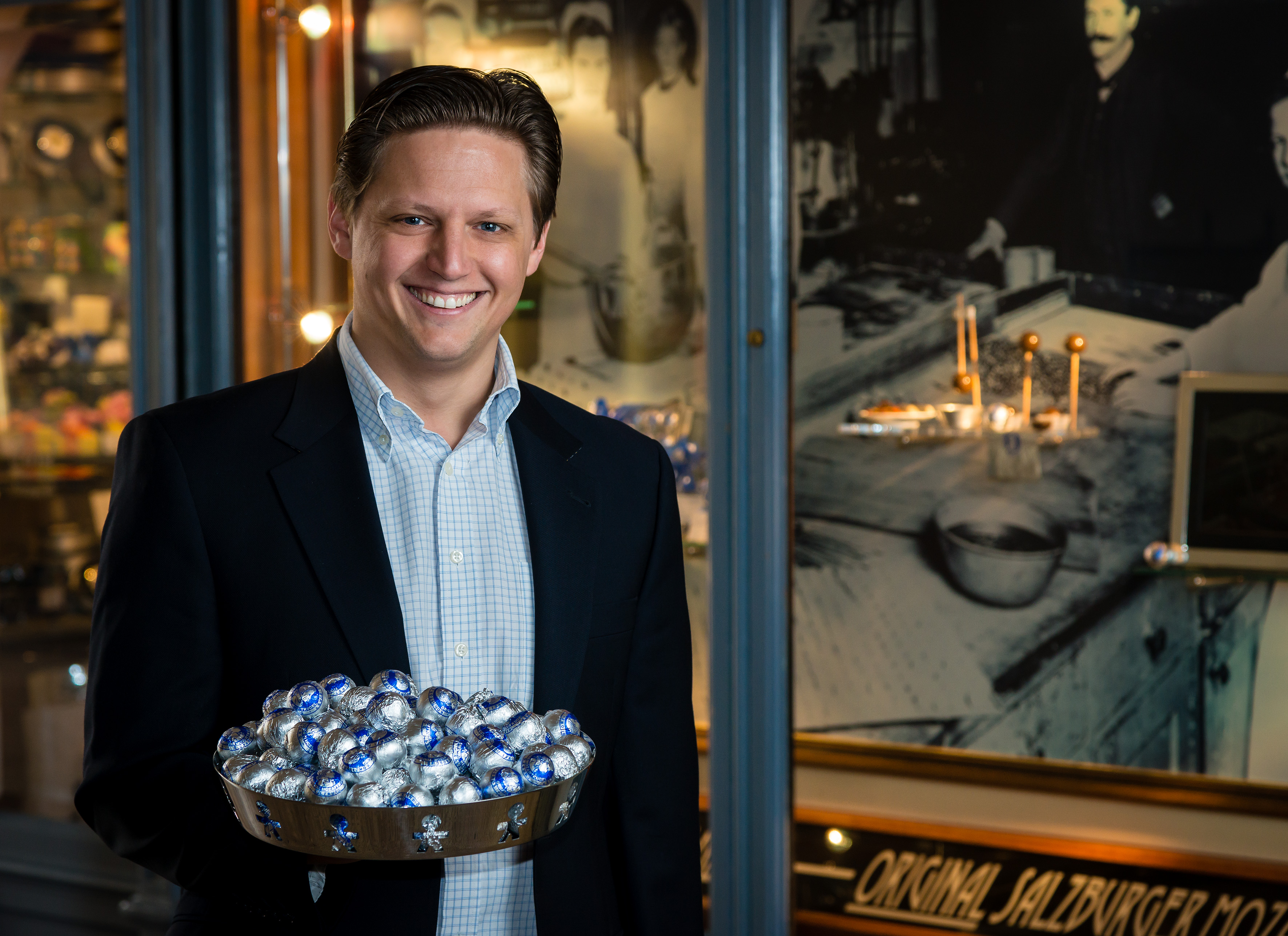
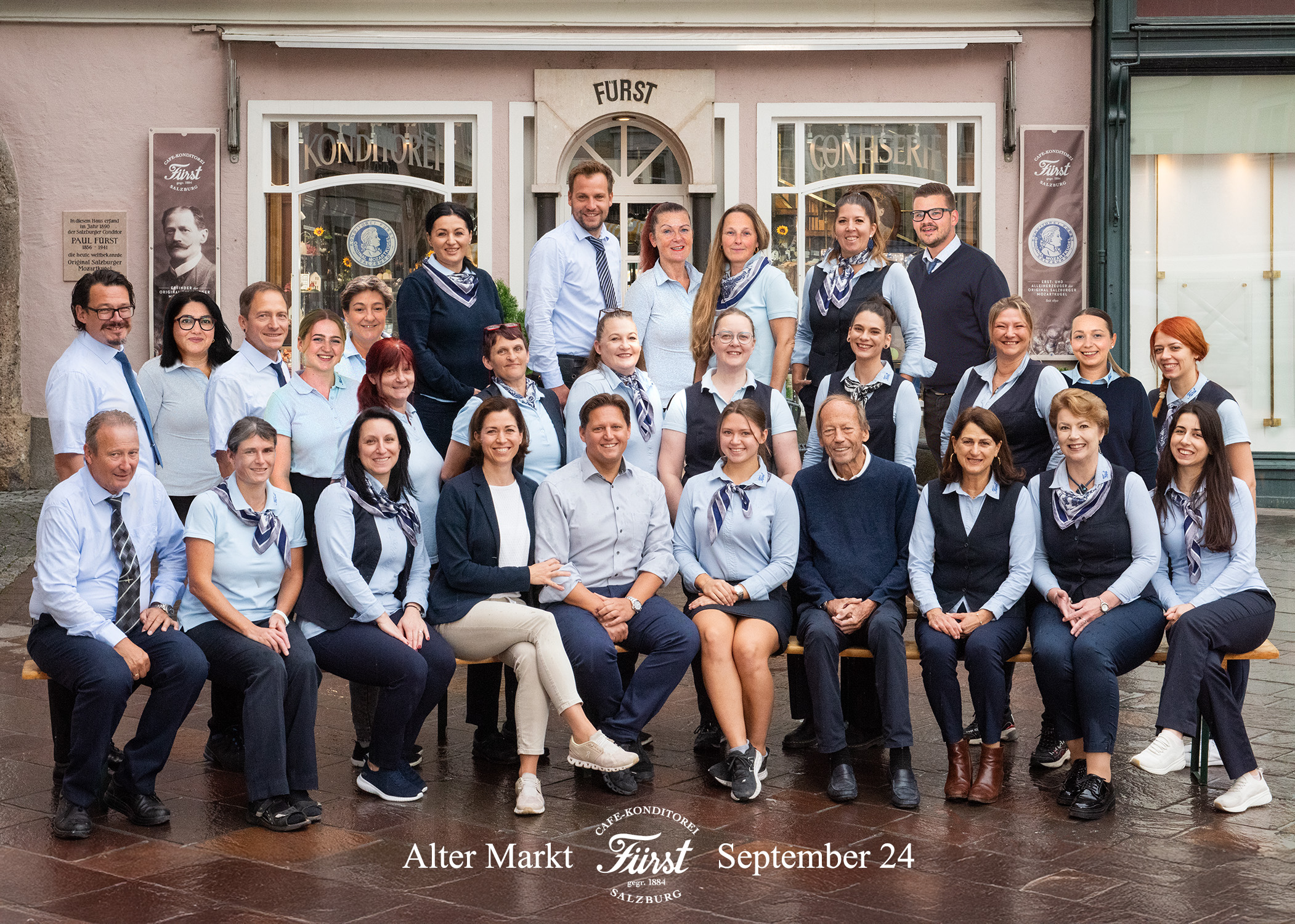
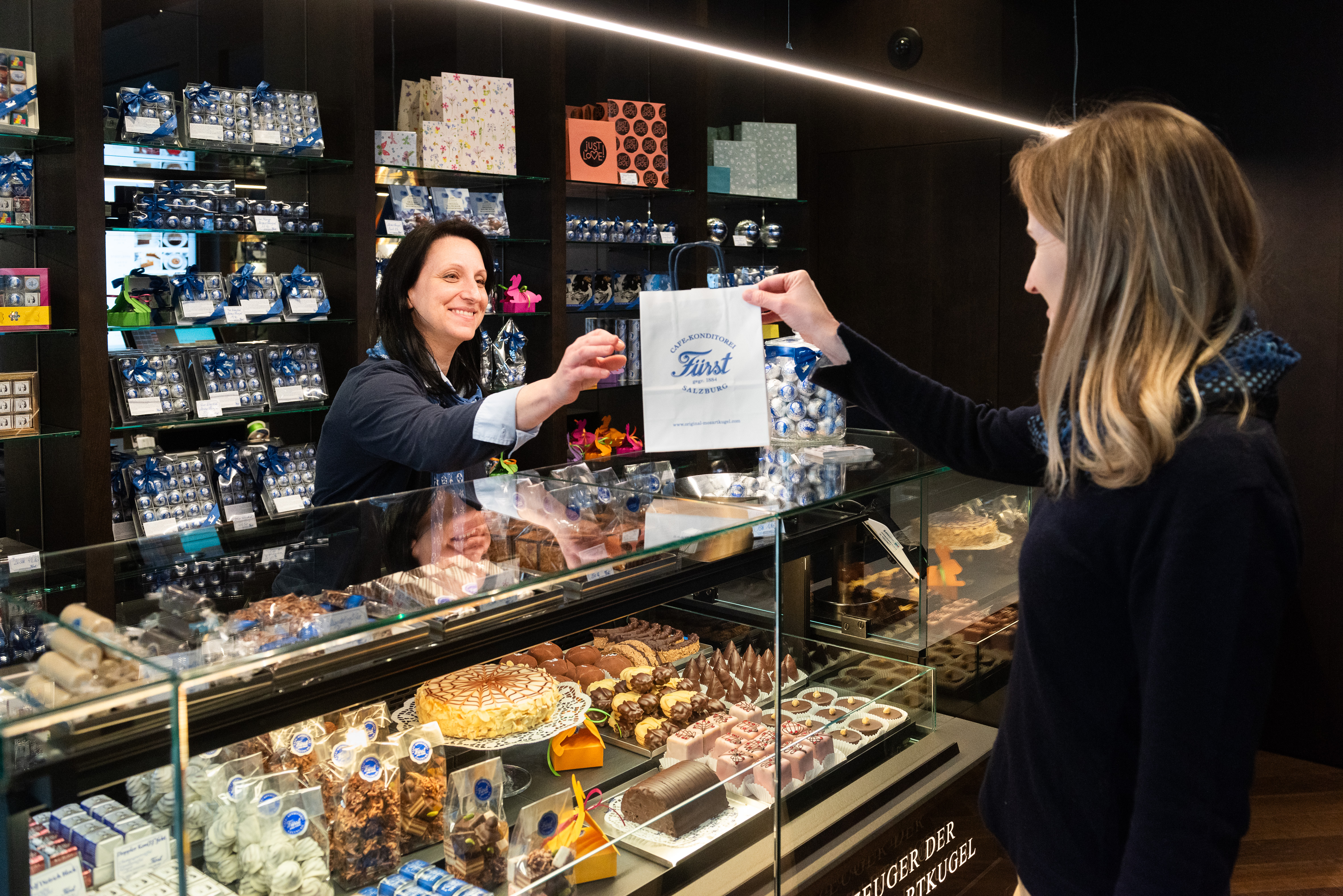
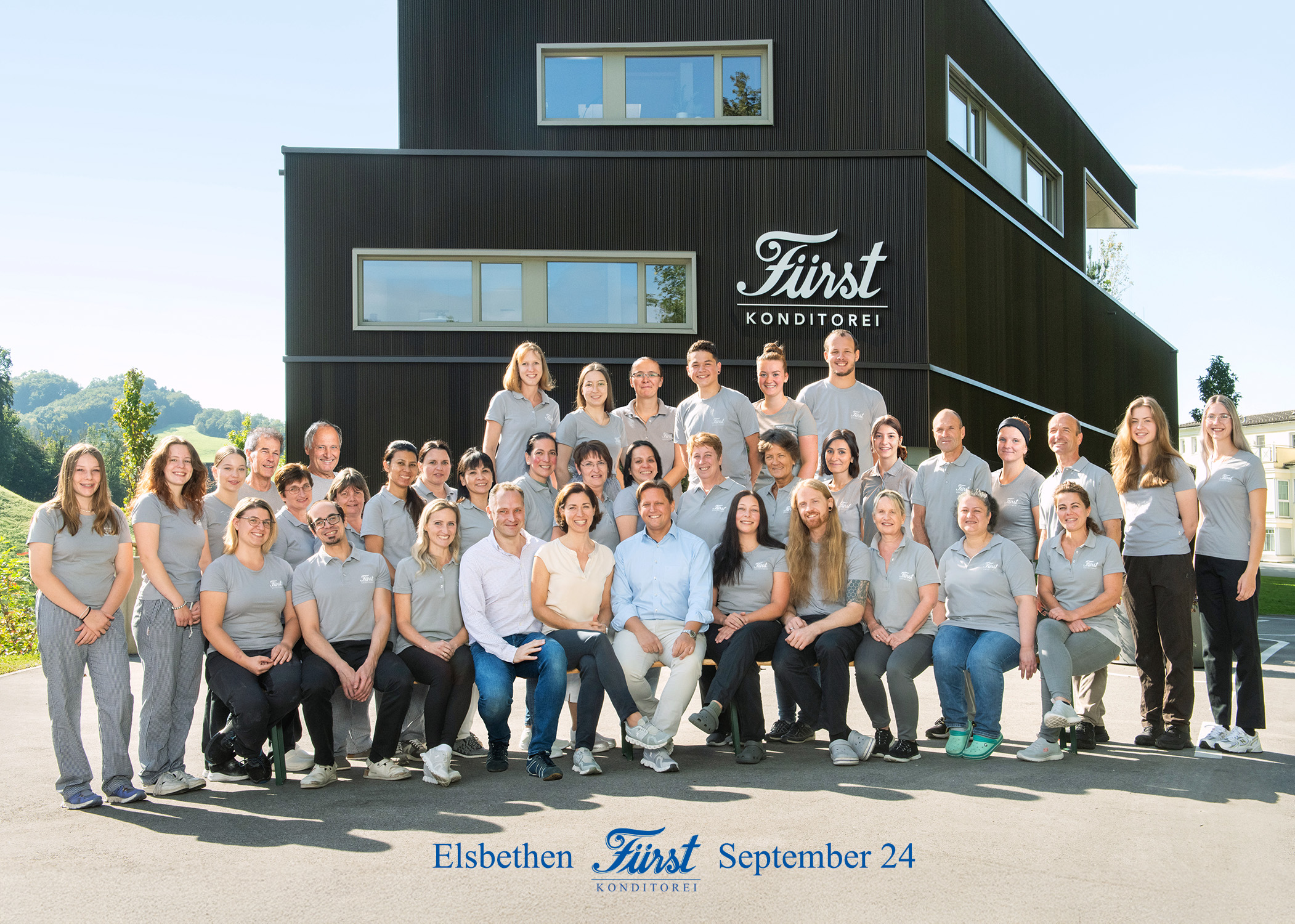
2024
140th anniversary of the Cafe Konditorei Fürst
The new manufactory was opened in Elsbethen, near Salzburg, in the year the company celebrated its 140th anniversary. In this new location, the Cafe Konditorei Fürst continues its tradition of craftsmanship whilst setting innovative trends.
Martin Fürst still uses the original recipe and production method to make this first-class speciality.
It is with pride that he calls this creation:
ORIGINAL SALZBURGER MOZARTKUGEL



